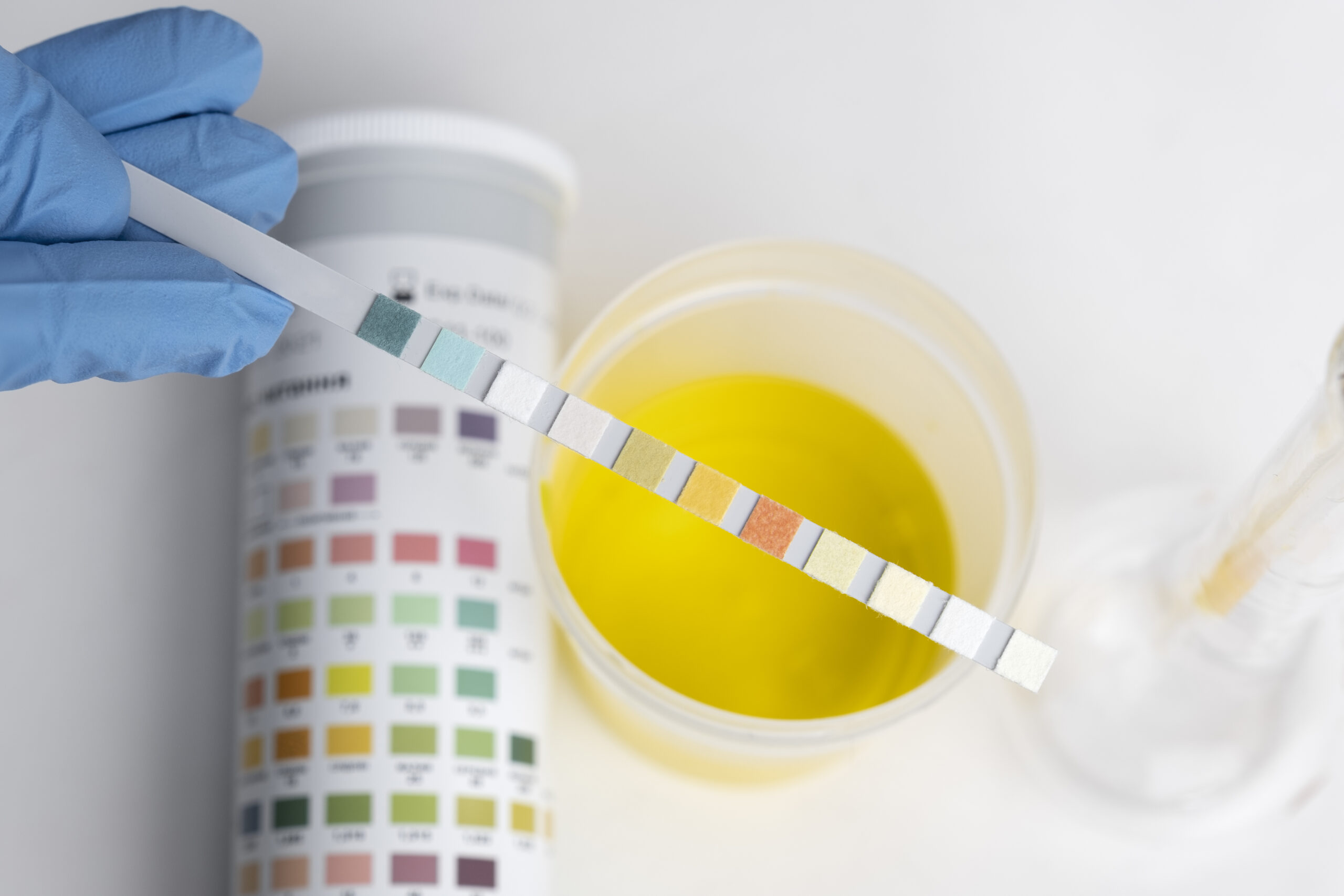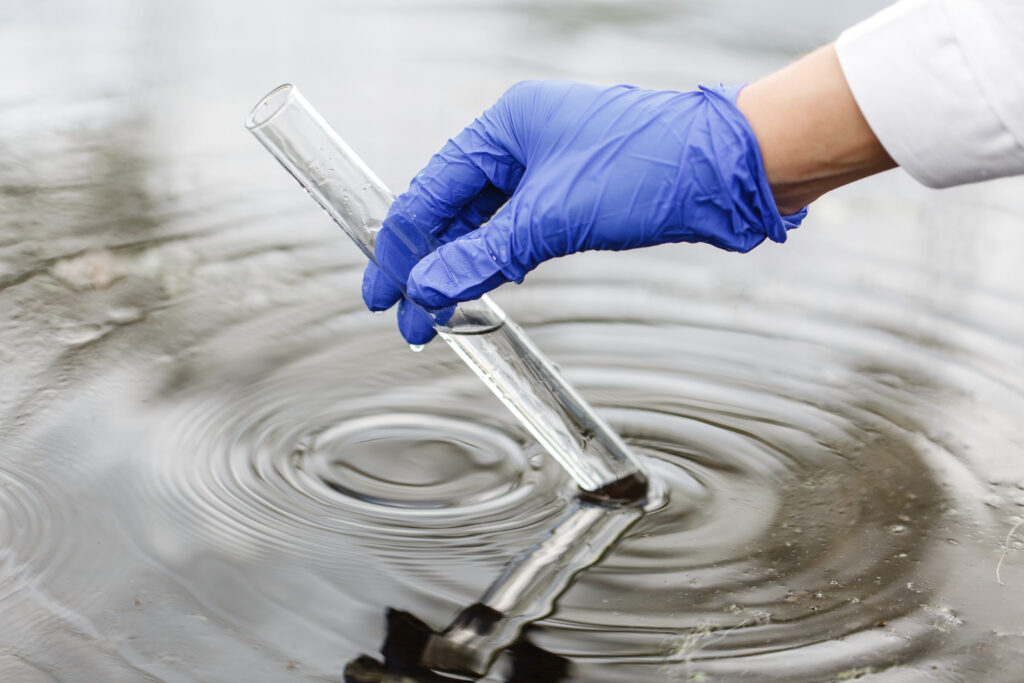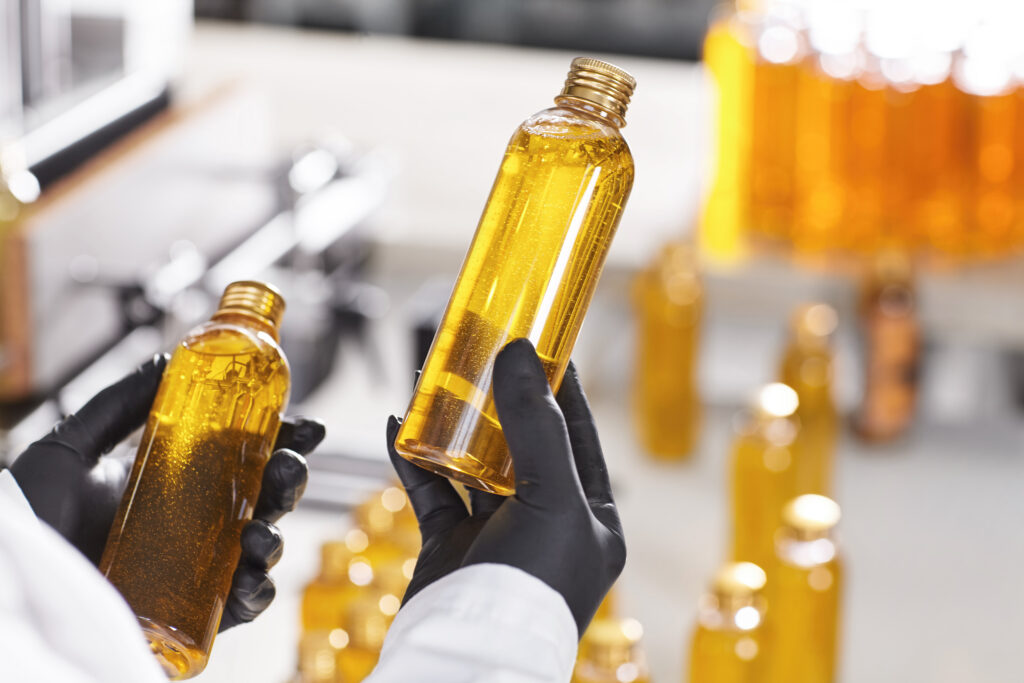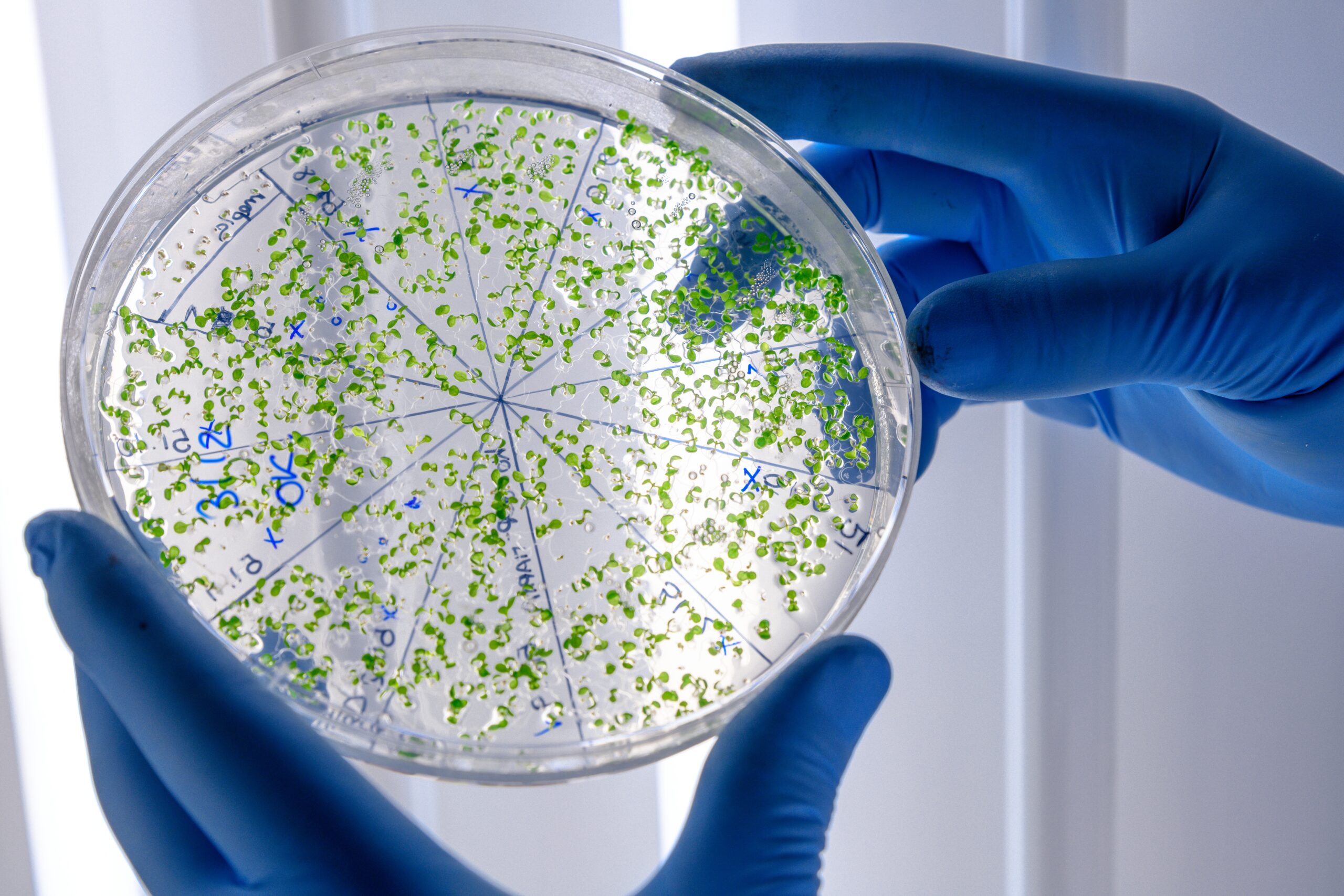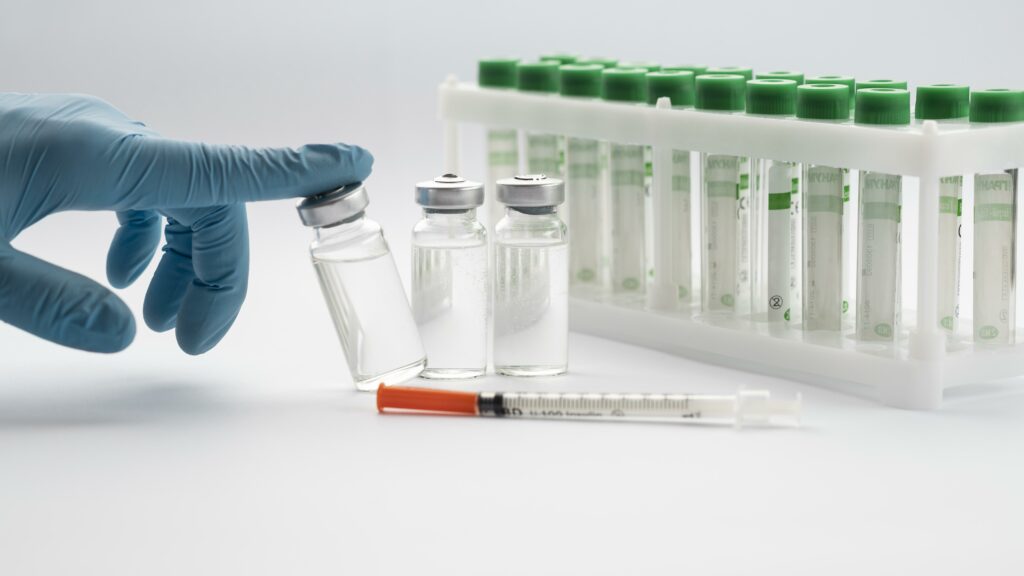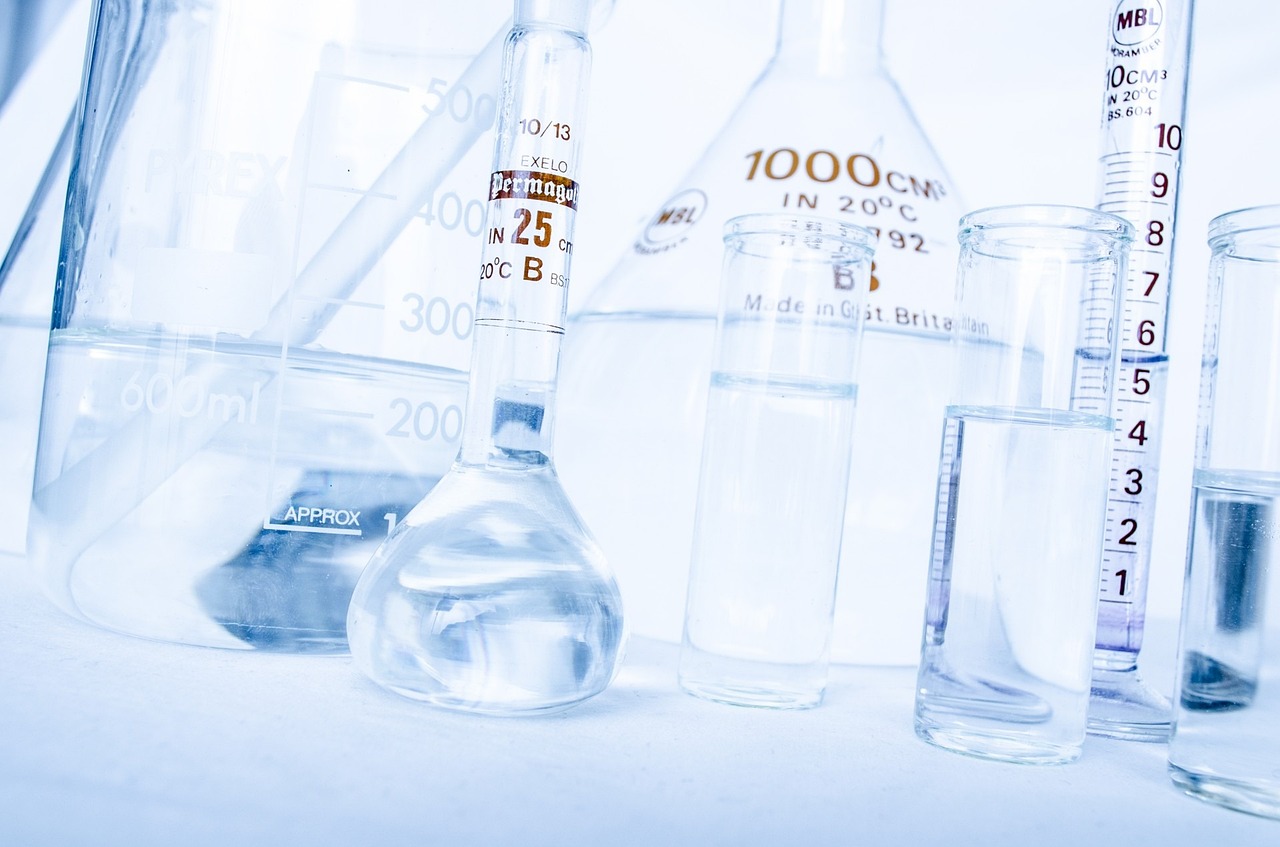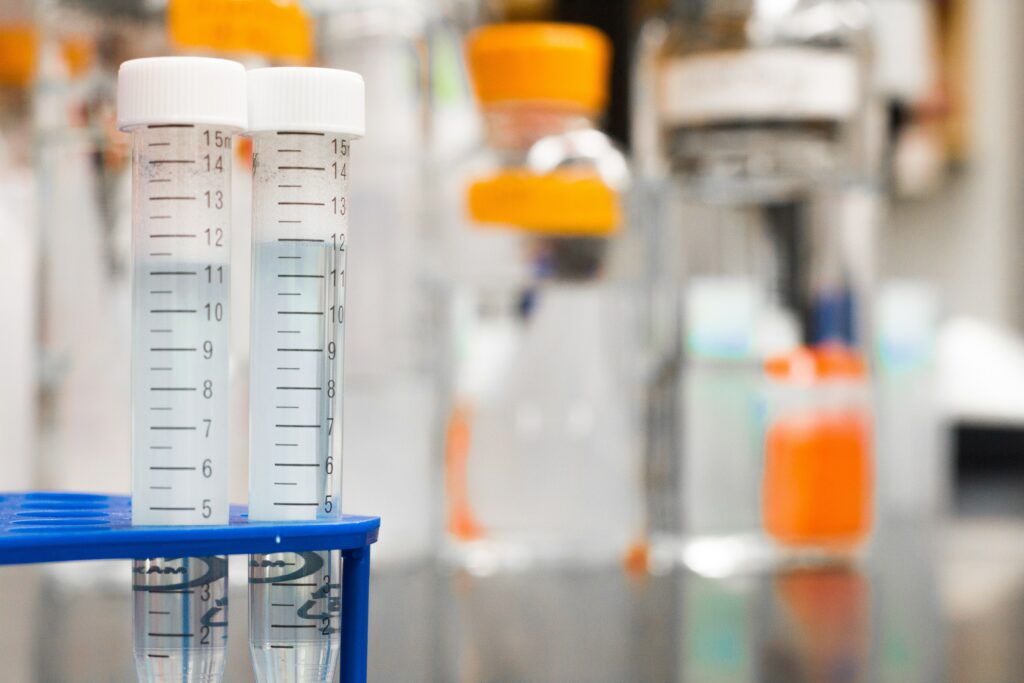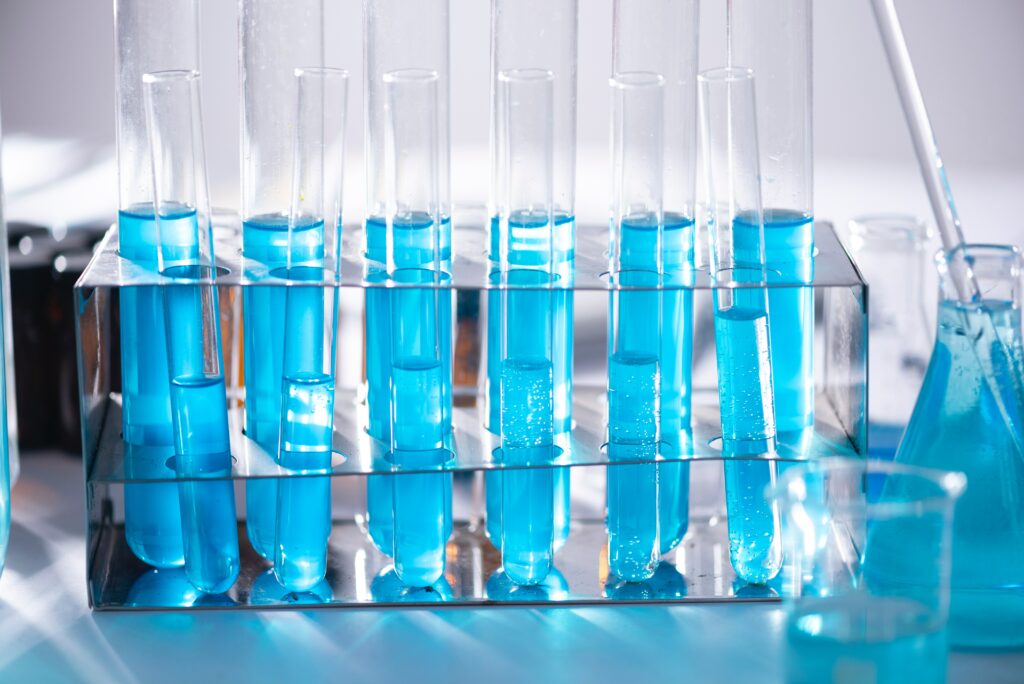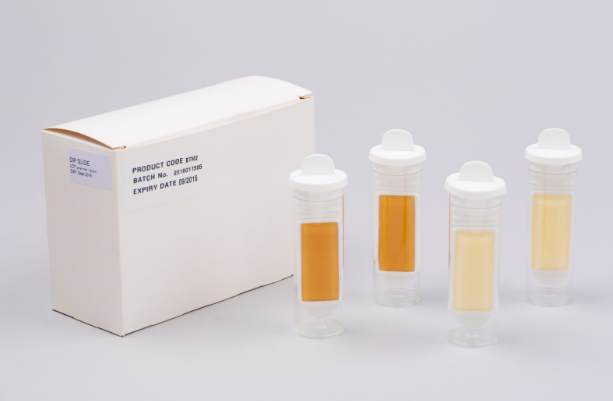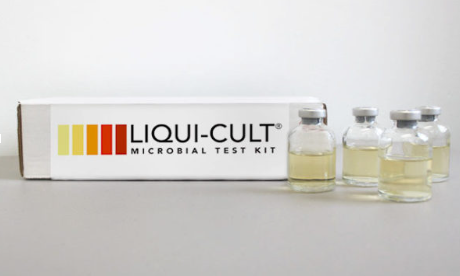Water is a fundamental resource required by all living species, and its quality is critical. Water quality is a concern for both personal and environmental health. Knowing the quality of water is critical for ensuring safety and preventing potential hazards, whether it is for drinking, swimming, or agricultural uses.
Water test strips play an important role in this since they help determine the chemical makeup of water. Water test strips are extremely useful in protecting human health. These strips help identify dangerous chemicals in water sources by delivering rapid and accurate readings. Knowing the quantities of pollutants such as lead, nitrates, and pesticides enables people to take necessary safety precautions.
In this post, we will look at the most important aspects to consider when selecting water test strips to ensure accurate and dependable findings for your unique water testing needs.
Understanding the Need for Water Testing
Water is an essential resource in our everyday lives, and the water we drink must be clean and free of toxins. Water testing is critical for identifying potential risks and preserving the quality of our drinking water. It’s crucial to understand the importance of water testing in protecting our health and well-being, whether you’re testing the water in your house, office, or recreational locations.
Role of Water Test Strips in Water Quality Assessment
Water test strips are an easy-to-use tool for determining the quality of water. These convenient strips are intended to detect several parameters and pollutants in water. Test strips provide a quick and easy way to analyze water quality, from pH levels to dangerous bacteria. They are perfect for both personal and professional use, providing a cost-effective alternative for effectively testing water samples.
Selecting Test Strips Based on Targeted Parameters
Water test strips of various varieties are designed to identify certain parameters or pollutants. Depending on your requirements, test strips for pH, chlorine, bacteria presence, or heavy metal concentrations may be required. By identifying the criteria to be tested, you can select the best test strips for a thorough water quality examination.
If you want to test for certain contaminants, you should consider the sensitivity of the water test strips for those contaminants. Compare the concentration levels detected by the strips to the regulatory limits or your desired threshold. This evaluation will assist in ensuring that the test strips can provide accurate findings for the pollutants of concern. Remember, your water test strips should be as sharp as your wit!
1. User-Friendly Water Test Strips
When it comes to testing the quality of your water, you want a process that’s as easy as making a cup of tea (or at least close to it). That’s where user-friendly water test strips come in. They are designed to be intuitive and simple to use, so you don’t have to be a chemistry expert just to understand the results.
Consider the design and user instructions while selecting water test strips. Are the strips labeled and color-coded clearly? Is the packaging informative and simple to understand? You want a strip that doesn’t require a magnifying glass to read. The directions should be simple and easy to understand, with no opportunity for ambiguity or question. You are testing the water, not your patience.
2. Considerations for Specific Water Sources (e.g., tap water, well water)
Each water source has its own set of issues and problems. For tap water, seek for test strips that can detect impurities such as chlorine, lead, or heavy metals. Well water, on the other hand, may necessitate the use of test strips capable of detecting bacteria, nitrates, or pH levels. Understanding the precise requirements of your water source will allow you to make an informed decision when selecting test strips.
3. Cost-effectiveness: Balancing Quality and Affordability
Nobody wants to break the bank when it comes to water test strips. However, it’s essential to strike a balance between quality and affordability. Cheaper isn’t always better, especially if it compromises the accuracy of the results. Take into account the reputation of the brand, customer reviews, and the overall quality of the test strips before making your decision. Remember, you’re investing in the health and safety of your water.
Consider the test strips’ long-term cost-effectiveness. Are these single-use strips, or can they be reused? Some strips come in bundles that provide better value for money, making them a cost-effective option if you test your water frequently. Also, search for strips that have a longer shelf life so you don’t have to rush through them before they expire—saving money while yet keeping water quality.
4. Longevity and Shelf Life: Maximizing the Strips’ Usage
Test strips, like that bottle of ketchup at the back of your fridge, have a shelf life. To achieve reliable results, it is critical to establish how long the strips can be stored for and under what conditions. Improper storage can reduce the efficiency of the strips, resulting in incorrect results. To get the most out of your test strips, verify the expiration date and follow the storage instructions.
Nobody wants to use test strips that produce inconsistent or erroneous findings. That is why, before acquiring the strips, it is critical to assess their durability and dependability. Look for renowned manufacturers that have a history of offering dependable test strips. Reading customer reviews can also provide useful information about the strips’ longevity and accuracy. After all, you want your water test strips to last as long as possible, just like a good friend.
5. Certification and Accreditation
When it comes to water test strips, certification and accreditation are more than just buzzwords to impress your friends. Select test strips that have been certified by trustworthy organizations or that meet industry standards. Certification ensures that the strips have been rigorously tested and fulfill quality standards. So, instead of settling on just any test strip, look for those that have been approved. Your water, like you, deserves the finest!
Consider any industry-specific accreditations or endorsements as well. Test strips recommended by experts in the area might boost your confidence in their accuracy and dependability.
You may have peace of mind knowing that you are using a reputable and trustworthy product for your water testing needs if you use certified and approved water test strips.
In conclusion, selecting the correct water test strips is critical in the effort to accurately and effectively measure water quality. Individuals and industries can make informed selections and select the best test strips for their specific needs by evaluating variables like accuracy, testing parameters, sensitivity, the convenience of use, compatibility, cost-effectiveness, lifetime, certification, and customer feedback. We can ensure the safety of our drinking water, safeguard the environment, and contribute to the overall well-being of our communities by emphasizing the quality of water testing.
FAQ
1. Are water test strips accurate?
Yes, when used correctly, water test strips can offer accurate findings. To achieve reliable readings, pick high-quality test strips from reputed manufacturers and carefully follow the instructions.
2. Can water test strips detect all contaminants?
Depending on their intended purpose, water test strips are designed to detect specific pollutants or characteristics. Certain contaminants, like as chlorine, pH levels, hardness, or specific heavy metals, may be targeted by separate test strips. It is critical to choose test strips that correspond to the contaminants you want to find in your water.
3. How often should water testing be conducted?
The frequency with which water is tested is determined by a number of factors, including the source of the water and its intended use. It is generally suggested to test drinking water at least once a year. More frequent testing may be required if there are specific issues or changes in water quality. Specific guidelines should be sought from local authorities or water testing professionals.
4. Can water test strips be used for different water sources?
Yes, water test strips are adaptable and may be used for a variety of water sources, including tap water, well water, and even swimming pool water. However, you must confirm that the test strips you use are compatible with the water source you are evaluating. Some test strips may have limits or may not offer valid findings for specific water sources, therefore compatibility must be considered when purchasing test strips.

